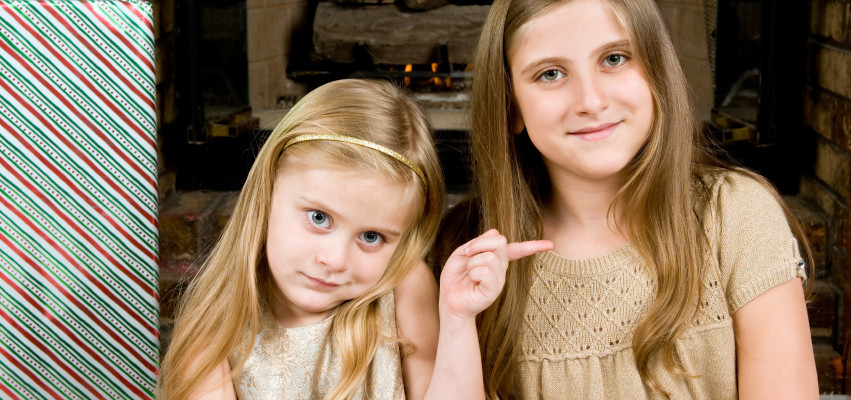
“Her did it.”
Sound familiar? Well your little one is using a pronoun, just the wrong one. Applaud your kiddo for giving it a try, because pronoun acquisition can be tricky, and its an ongoing language development skill until age 4!
A pronoun is a word that takes the place of a noun. There are different types of pronouns, but for purposes of early language development, we’ll stick to the basics.
Personal pronouns include: I, you, he, she, it, we, and they.
Possessive pronouns include: my, your, his, her, their, its
If your child is swapping personal pronouns for possessive pronouns, model the correct use: “You’re right, SHE did it.”
The use of pronouns start to emerge around 2-3 years, and I and me come first (its always about them, isn’t it?).

But as the later developing pronouns come out, you may notice a few more errors. For instance, the he/she is frequently mixed up. They may use “she” when talking about big brother, Joey, or even Dad sometimes. Just know that this is typical as language skills emerge.
However, by 3 and a half, your child should be able to use the I, you, he, she, we, they and the my, yours, his, hers, their, theirs accurately.
Remember that modeling and repetition are one of the key ways children learn new words. Here are some great books that can reinforce the opportunity to hear and use pronouns accurately:
Approximate Age of Acquisition of Pronouns
- 12-26 months - I, it
- 27-30 months - My, me, mine, you
- 31-34 months - Your, she, he, yours, we
- 35-40 months - They, us, hers, his, them, her
- 41-46 months - Its, our, him, myself, yourself, ours, their, theirs
- 47+ months - Herself, himself, itself, ourselves, yourselves, themselves
Sources: Adapted from Haas & Owens (1985); Huxley (1970); Morehead & Ingram (1973); Waterman & Schatz (1982); and Wells (1985).
